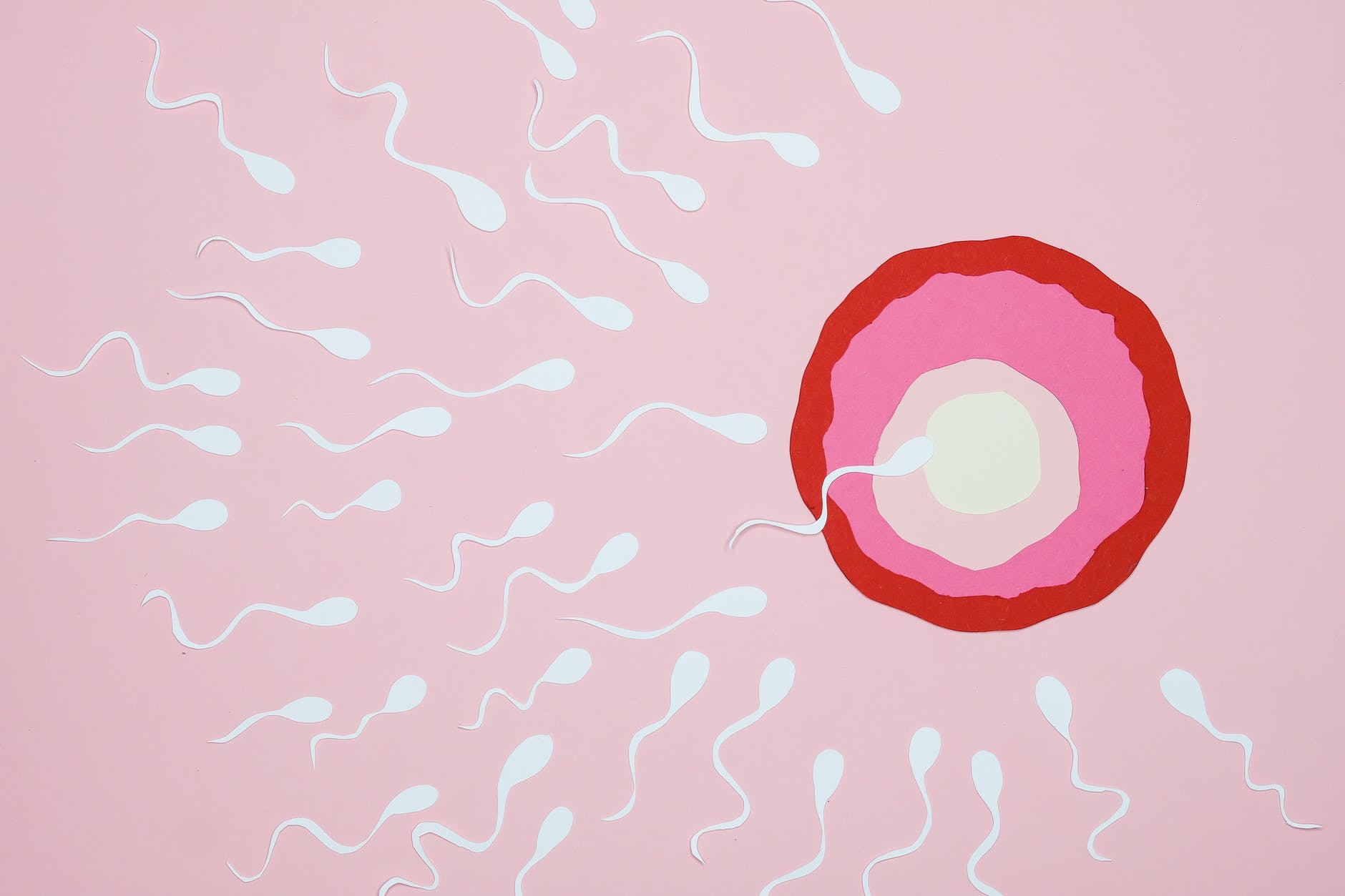A question often asked is, “why do we produce so much sperm per ejaculation when only one sperm is needed for fertilisation?” Yet, to this day, a critical limiting feature of fertility is the search for the egg by the sperm. Initially, there can be up to 100 million sperm per ejaculate, but only one succeeds. So why is there such a massive redundancy in place? Is there a purpose to this?
Let’s get clear on infertility
To be clear, there is more to infertility than sperm concentration; however, I was recently asked why the body produces so much sperm per ejaculation and whether there was a reason for this. The question is of particular relevance with a lot of fertility research looking at sperm concentration, sperm morphology and motility, and factors that inhibit the search for the egg by the sperm.
What research has been done
During 1989-2005, fertility research found that the concentration of sperm cells in semen was significantly and continuously dropping at an average rate of 1.9% per year. On top of this, sperm characteristics such as sperm morphology and motility also suffered. The research looked at causes for this focusing heavily on environmental, diet, and lifestyle factors. For example, suppose you have been identified as having a low sperm concentration. In that case, some of the first treatment options will focus on these factors, such as increasing exercise, good sleep patterns, quitting smoking, supplements that can improve the quality of sperm maturation, managing stress, etc.
Why so many sperm cells?

The leading hypothesis postulates that if we ‘stack the odds’ and incorporate a redundancy feature, the chances of successful fertilisation increase. This is because studies have proven that an increased number of sperm that reach the egg results in an increased success rate of fertilisation. However, this number depends on the number of sperm cells per ejaculation.
What are other factors at play?
Besides male physiological factors, there is much more at play regarding whether fertilisation occurs. For example, we know that conditions of the uterus and fallopian tube contribute to the continuous loss of sperm cells from ejaculation reaching the egg. In addition, current research looks at not just sperm motility but also factors such as post-coital uterine wall contractions of the muscle fibers, which may account for a large displacement of sperm after ejaculation.
We also know that a significant amount of sperm is displaced away from the cervix when the penis is removed from the vagina while still erect after ejaculation. This act is quite common, yet this process displaces a large amount of semen away from the cervix and leaves many sperm cells against the vaginal walls. Studies also found that sperm cell motility changes the closer it gets to the egg. However, it is still largely unknown why one particular sperm succeeds over the others. A current hypothesis is that there may be some chemical information exchange between the egg and the sperm.
So what is the takeaway message?

Despite all of the above, we know that you see infertility issues when you get a drop in sperm concentration from 100 million to 20 million per ejaculation. A simple way of thinking about this would be to imagine there is a balloon taped to a wall. Suppose you hold 100 million darts, and the person next to you only has 20 million darts. In that case, your chances of success at hitting the balloon are significantly higher when your number of darts is more. The reason for this is that the skill at which you throw the dart is not at play here; once the sperm enters the vagina, many other factors come into play. So this redundancy feature of more sperm per concentration is really about stacking the odds and increasing the chance of hitting that balloon, so to speak.
